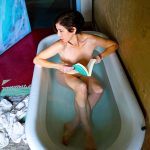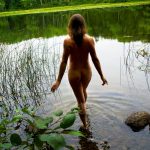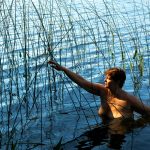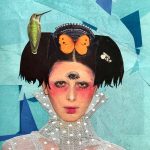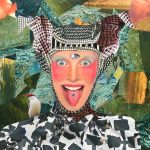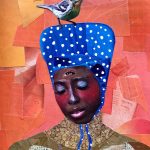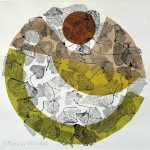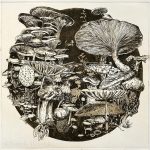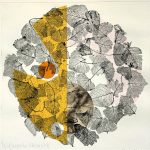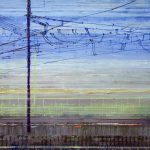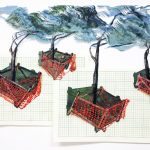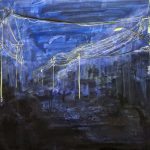Artists
I choose birds as a subject because nature fills me with a sense of the ungraspable. This feeling drives me to paint.
Shamelessly dynamic, rhythmic and methodically crafted, Loring fuses venerated practices and innovative design, manipulating color, shape and dimension in her appliquéd compositions
“Finding my way as an artist has allowed me to try many paths. Collage brings together, for me, the paths I have been and where I am going.”
“I seldom have a clear idea of what I am going to make when I start out. Occasionally, when chain sawing a piece of wood down to a workable size, certain aspects of the piece will suggest an object: a bowl, a platter, an urn, a vase, or a hollow form.
My goal is to design a form that brings out the beauty of the wood and highlights the interesting aspects of the particular piece of wood.”
“My stylistic approach began with a genre of music and iconography; psychedelia. As a child, I was mesmerized by the bright colors, hallucinatory imagery, and idea of visual manifestation through sound.”
“One can see traces of pencil marks in many of the drawings – marks made from literally looking in the mirror, sketching what I see; my process in making these drawings is then connecting these “dots” in such a way that defining characteristics – eyes, nose, mouth, ears – are omitted, leaving only a minimal form….”
My art works are open-ended narratives inspired by travel, music, literature, folklore, and everyday events. Mixed-media assemblage paintings on wood often incorporate discarded objects. Keys and locks represent tools of access.
“I paint in layers, which is also how I see the world – I make paintings on top of paintings and sometimes on top of words. Whatever we see in a given moment is simply the surface, there’s always something underneath”.
“Fascinated by botanical forms and biological systems, I create work that embraces the fluidity and complexity of nature, reveling in curves and the interlacing plant or cellular forms.”
“Birds are in serious trouble. With bird populations plummeting everywhere due to the far-reaching effects of human actions, urgent research is being done about how to protect them and ensure their survival.”
“I extrude my drawings into three dimensions, and arrange them in appealing theatrical spaces: discarded packaging, small tin boxes, stolen spoons and other ephemera.”
Joan Erbe:
Paintings
Beloved Baltimore artist Joan Erbe often visited the circus as a child, with her father, where they were soon on a first name basis with many of the side show performers. She also traveled to NY every summer to stay with her aunt and uncle, who hosted a variety of artists, actors, and entertainers. It’s these characters that stayed with her and informed her work throughout her career, until she passed away in 2014, just shy of her 88th birthday.
Joan Erbe:
Prints and Watercolors
Joan Erbe studied at MICA, with Jacques Maroger and Louis Bouche. Known more as a painter, she also established herself as a talented ceramicist, sculptor and printmaker. She had her first solo exhibit at the Baltimore Museum of Art in 1966, with many more shows to come at the IFA Gallery in D.C., many notable universities, the Corcoran Gallery, the Library of Congress, and numerous galleries across the nation.
Joan Erbe:
Special Collection
Come take a peek at some of Joan Erbe’s most hidden treasures. We have cleaned out her storage unit at the family’s request and have some special works that have not been seen before at Fleckenstein Gallery. Included will be some very early works and some artwork she collected by her contemporaries and students.
“I create meticulous drawings that invite people to consider their connection to the physical spaces they inhabit. Using photographs for reference, I engage in intense observation, dedicated to transcribing what I see, hoping to make something unseen visible.”
“Works in the Creeper series examine elements of nature that eke out a living among the concrete and asphalt in our increasingly expanding urban spaces.”
“When I paint I am illustrating the way in which I am connected to my environment. I am drawn to the patterns, colors and figures that I see in daily life, which I then use to populate a world of my own.”
“It is the development of doodles from sketchbooks, the working and reworking of the design, a level of a narrative if any, a self-perceived balance of composition, and the moment of completion that soothes the soul.”
“James Hennessey has lived in Baltimore, Maryland since 1965 at which time he joined the faculty of the Maryland Institute, College of Art in Baltimore. While in Baltimore he accrued an extensive exhibition record, with works shown in New York at the Marilyn Pearl Gallery, in Boston at the Boris Mirski and the Alpha Galleries, in Washington DC at the Pensler Galleries, to name a few. Hennessey has directed programs for students, faculty and professional artists in Italy and in France, including the Maryland Institute, College of Art Italian Program in Sorrento, Italy, and the Alfred and Trafford Klots Residency Program, Rochefort-en-Terre, France.”
“I grew up with nature and woods surrounding a limestone quarry situated near my Grandparent’s home. In this environment I viewed birds and other elements of nature that have been imbedded in my mind all of my life.”
“To create art, it became necessary for me to “get free” from the literal and embrace the unexpected. To experiment with any materials that the art may demand and to accomplish this without compromising the quality of the work.”
“At first glance, my work addresses my perception of society as a person with a disability. Objects such as my head-stick and my wheel chair are referenced in my artwork as symbols of my everyday obstacles.”
“I’m interested in exploring materials that other’s might view as pedestrian and turning them into something iconic.”
“I’m influenced by the Mediterranean landscape where I was raised and by the American landscape where I now live. Those two aesthetics come together in my paintings. I am making a poem about nature with my brush.”
Encaustic gives my photographs the texture and depth I have long admired in paintings. In addition, I can manipulate the surface with traditional and non-traditional objects, like brushes, hammers, combs, etc.
“The work I have made over the past year has been driven by a new found interest in printmaking. It fit my art making practice/sensibilities because accidents are often the most interesting aspect.”
“I am drawn to the inherent beauty and spirit of the natural world and my artwork is a personal dialogue that reaches into the stillness of that spirit”
“my intention is to reach my public with an organic feel working on prepared unstretched canvas with the application of repurposed paintings, tissues paper and acrylic paint. Creating vibrant images with bright and inviting colors.”
Mary creates work primarily with old furniture parts, aged metals and cast-off hardware. “I am driven to collect objects that have an interesting look, feel & aura about them. Usually the pieces seem to find me as I am walking in the woods, streets and shorelines.”
Rooted in her thoughts as a painter is the core theme of nature and spirituality and our deep connection to it.
Jennifer sees art as a pure exercise in pattern and color. By concentrating on assembling pleasing color palettes and striking patterns, she produces unique and quirky compositions.
Paula’s photographs are about capturing the unpredictable movements of ocean waves as they unfold to reveal fleeting portraits of light, form, color and texture.
“Art is not a conscious act. Color and form bring their own energy. The faces just start to emerge. They speak to me. They tell me who they are and how they want to look. I do what they say and then I present them to you.”
Nancy Scheinman is an internationally recognized artist whose work has been shown in over 100 exhibitions, and acquired by numerous museums, corporations, and private collectors.
Dan’s current body of work includes small abstract sculptures. These are constructed from the scraps left over from Sophomore ceramic classes. Upon seeing an interesting scrap of clay, a vision emerges, and a sculpture is born. He has been influenced by the work of Mark di Suvero, David Smith, and Alexander Calder.
“Much of my free time is spent walking in the woods, along seashores and riverbeds, observing the movement of water, peering up at the sky, looking down at the ground and trying to understand the essential tendencies of Nature.”
Dana is an illustrator, ceramicist, author and designer who has exhibited in over 400 galleries. She is greatly inspired by the Chesapeake Bay surrounding her historic island home on the Eastern Shore that she and her husband have renovated.
“In March of 2018, I had a biopsy done, and it came back positive. There were numerous things I focused on to keep me going. My family, my teaching and my work.” “As soon as I could paint again, I did. Painting was enthralling and exhillarating, as much as it ever had been. It was truly exciting to place every brushstroke. The image, a dog in action, captured some of that feeling. On the other hand, the image is just a framework for what ultimately is a more personal process.”
“I would like the weather and the actual experience of making the painting to show up in my work: in the movement of brush strokes, in the layers of colors, marks, touches, and in the amounts of paint allowed by the length of time it took to do the painting.”
“I layer my materials to build up surfaces that suggest naturalistic rhythms and depth of field without forfeiting the flattened physicality of graphite and paint on paper and board.”
“I am drawn to the human figure in all its absurd complexity. In the course of my collage play, faces emerge which in my mind become “mensajeros” or messengers, carrying all the crazy joy and beauty of the human world.”
I am a printmaker and artist living in New Mexico. Color and design are my most obvious influences, but I also try to
conjure seasons and something more spiritual. Each one strives to connect by conquering the most minute details that make that plant so specific
“In my oil paintings, I am exploring how man-made systems, organization and manufacturing dominate the experience of the outside world.”
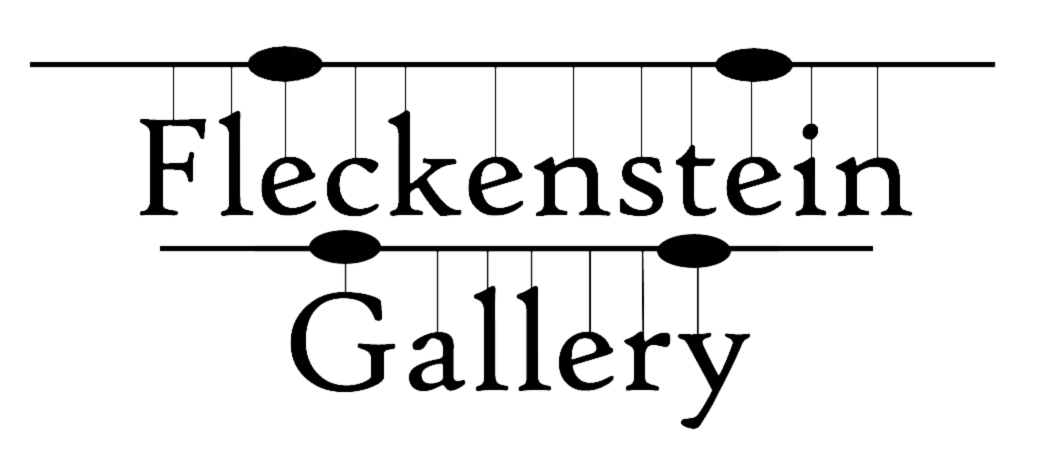
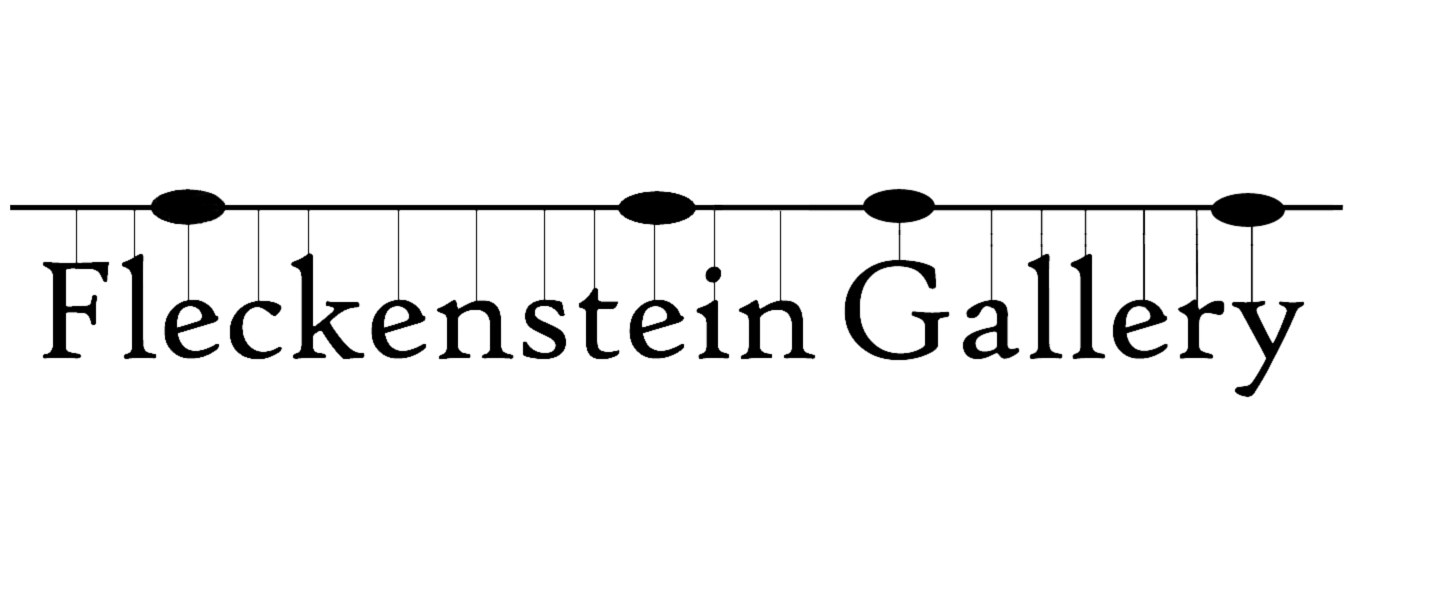

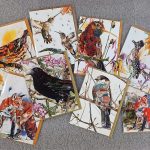
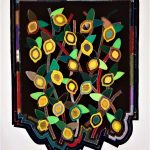
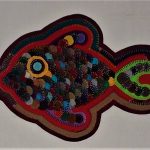
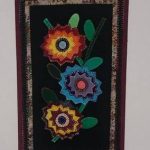
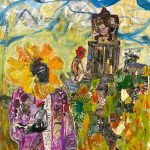
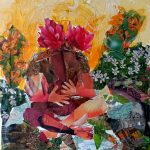
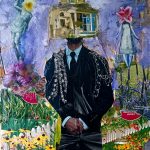
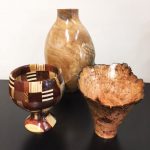
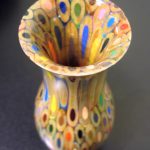
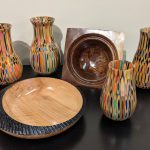
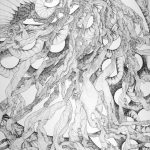
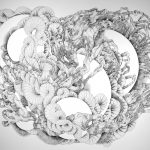
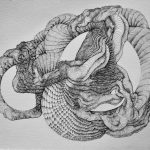
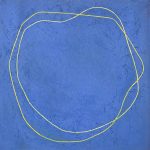
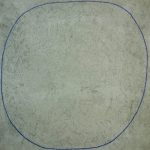
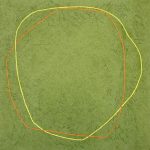
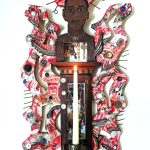
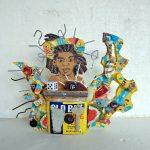
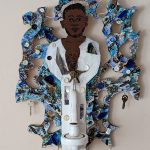
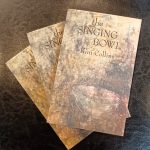
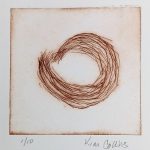
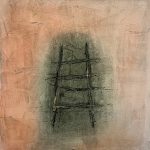
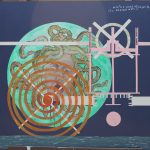
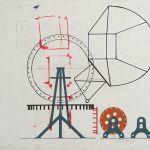
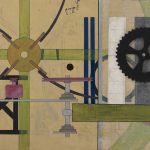
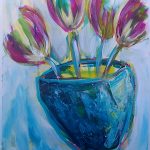
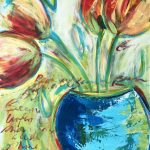
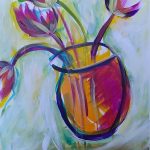
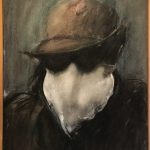
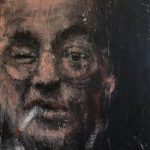
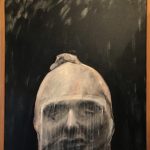
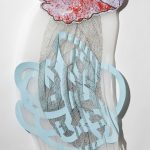
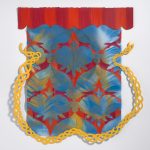
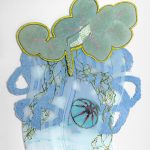
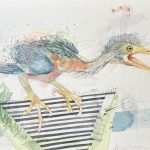
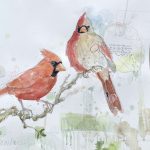
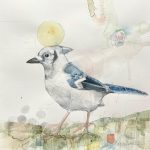
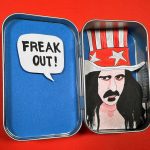
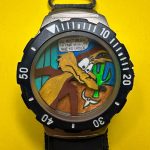
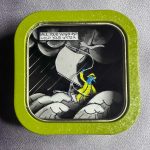
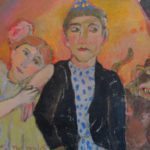
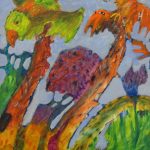
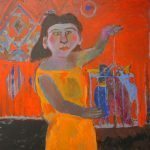
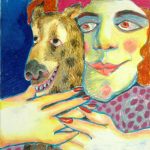
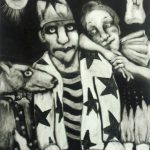
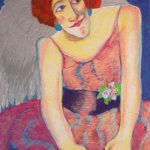
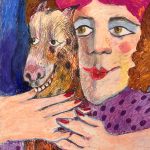
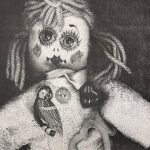
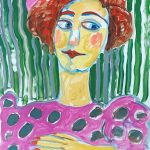
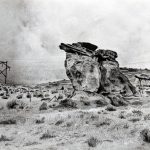
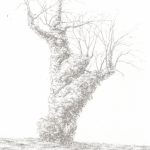
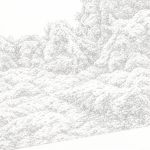
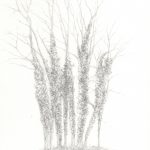

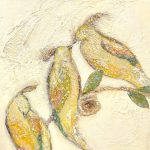
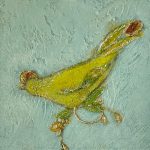
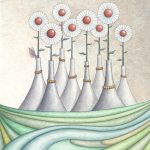
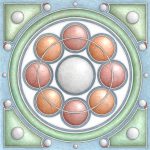
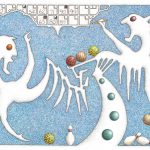
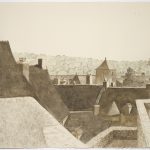
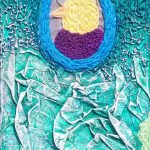
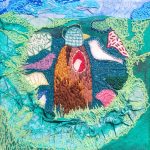
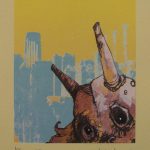
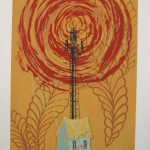
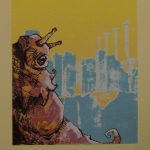
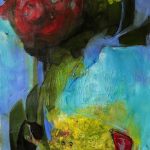
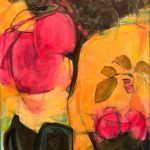
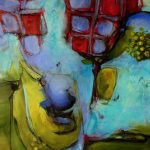
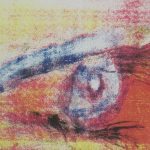
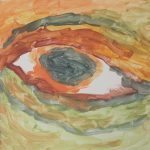
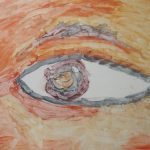
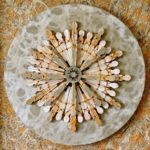
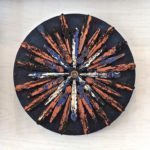
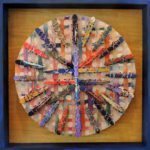
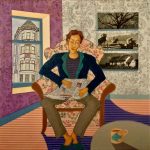
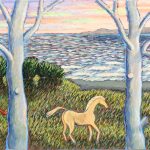
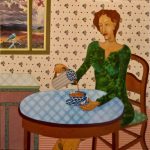
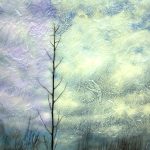
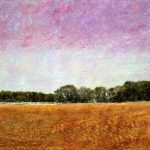
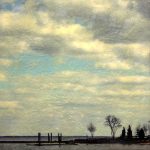
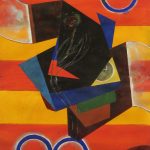
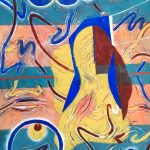
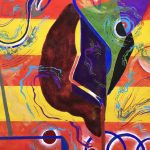
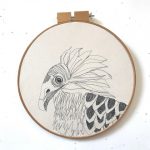
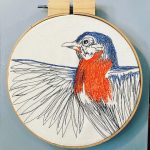
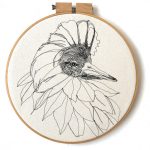
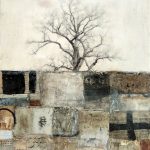
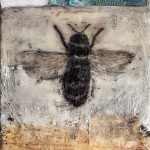
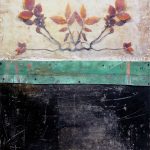
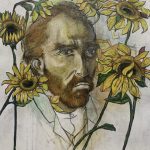
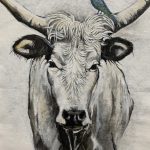
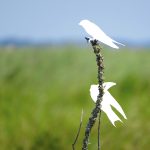
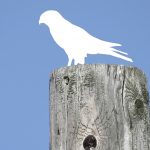
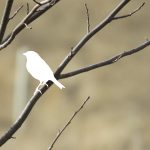
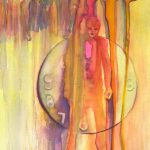
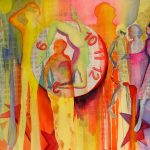
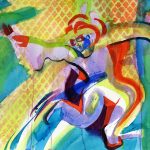
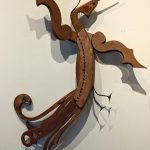
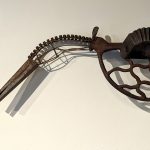
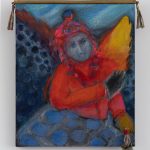
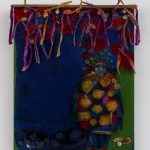
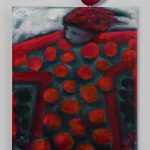
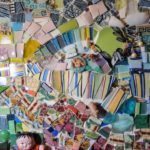
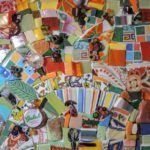
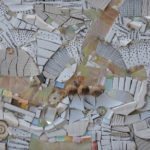
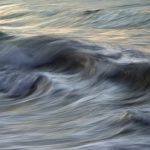
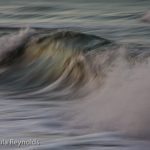
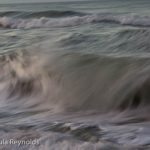
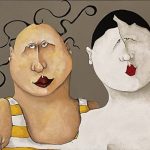
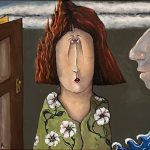
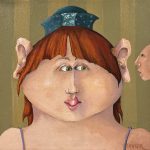
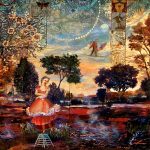
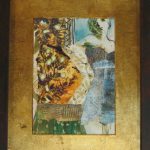
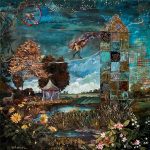
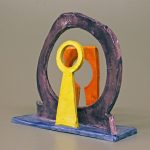
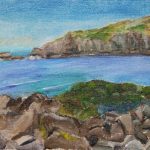
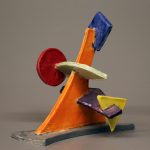
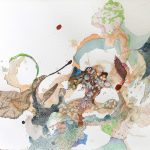
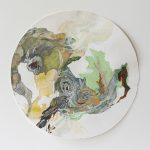
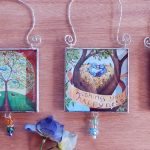
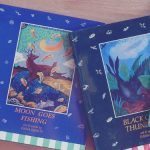
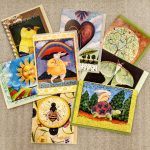
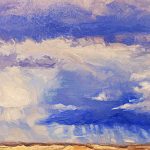
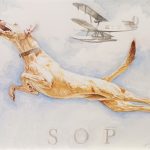
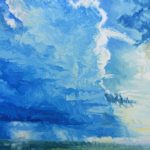
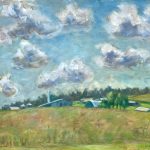
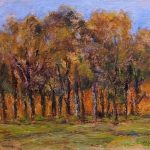
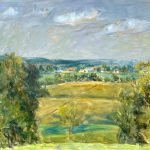
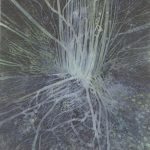
 David Valle has been a photographer for more than 40 years. He particularly likes images that convey a sense of time. Much of his work is figurative but he also captures landscapes, night scenes, flowers and other natural objects.
David Valle has been a photographer for more than 40 years. He particularly likes images that convey a sense of time. Much of his work is figurative but he also captures landscapes, night scenes, flowers and other natural objects.